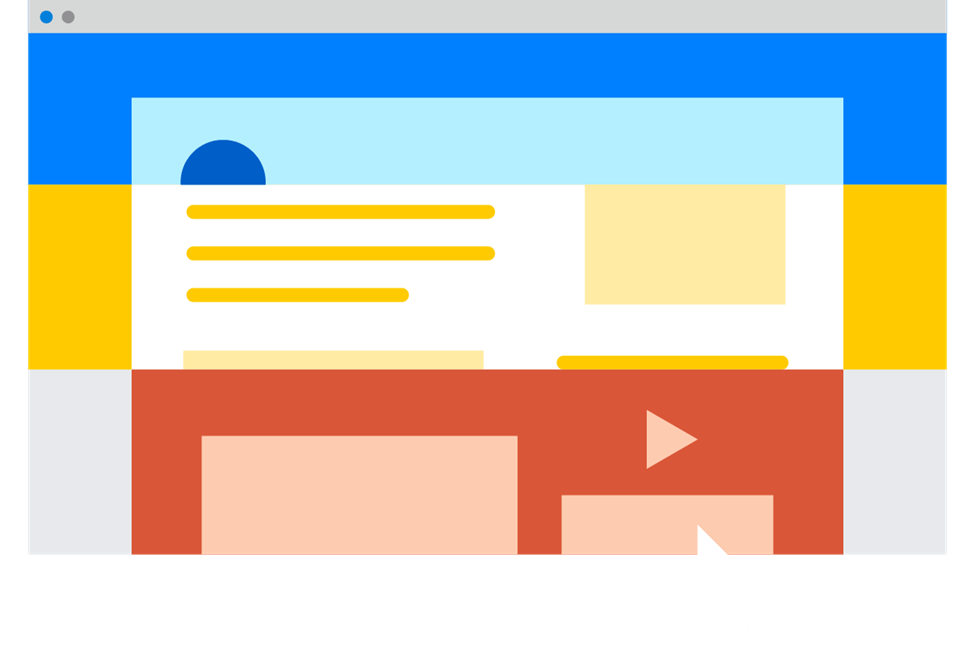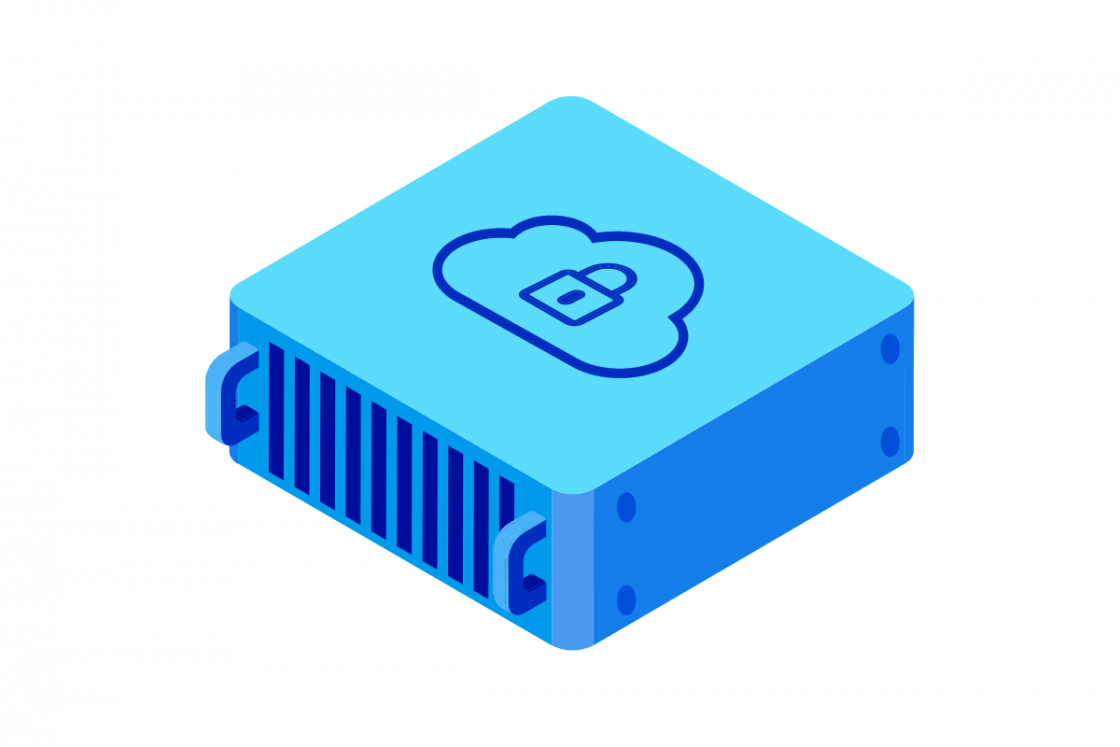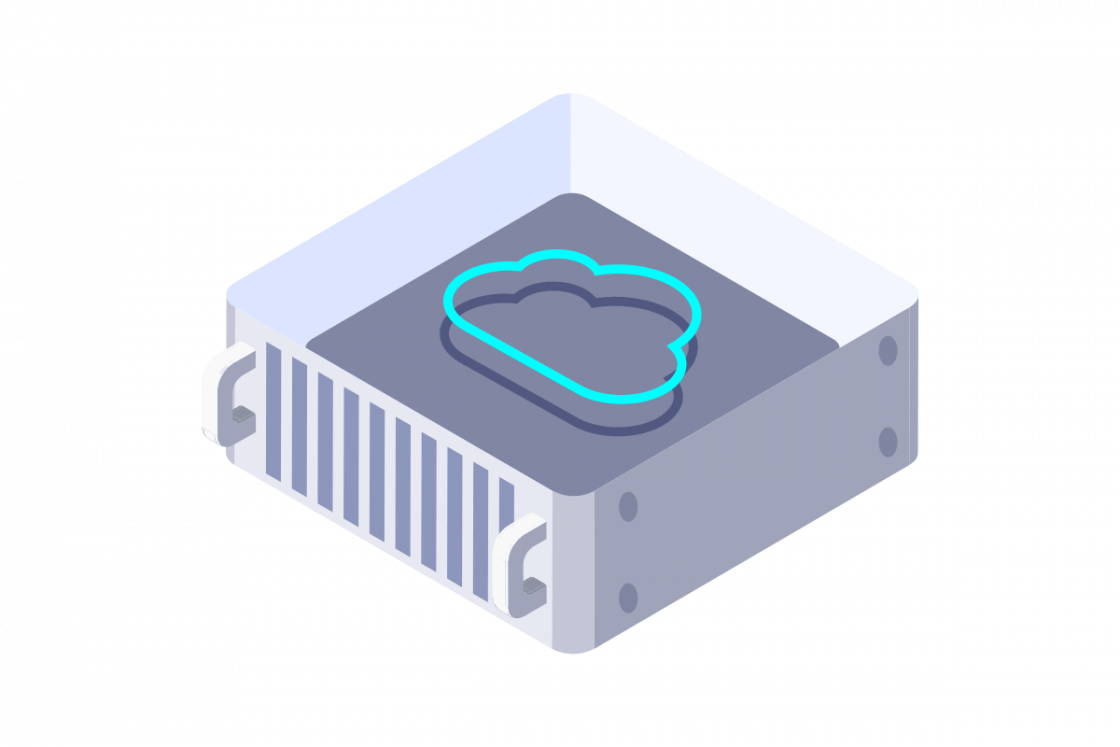What is a headless CMS?
A headless CMS is a content management system where the backend (content creation) is separated from the frontend (presentation). Unlike traditional platforms, it uses APIs to deliver content across any device or channel, including websites, mobile apps, or connected systems. This separation gives developers more freedom to build tailored digital experiences, while teams can create, update, and manage content in one place. Ideal for modern, data-driven projects, a headless CMS offers flexibility, speed, and consistency across all platforms and devices. Paired with the right web hosting setup, content delivery stays smooth and reliable across all platforms and audiences.

Why use a headless CMS?
A headless CMS provides a single interface to create, edit, and manage content, then distribute it anywhere via APIs. You can build once and publish across web, mobile, and other digital channels without duplicating effort. It offers fast deployment, easy integration with tools like CRMs or analytics, and enterprise-level scalability. With frontend and backend decoupled, teams work in parallel for quicker rollouts. It’s perfect for cloud-based, data-driven strategies that demand agility, speed, and seamless content delivery across multiple platforms.
Why Headless CMS is a go-to for modern teams
A headless CMS supports omnichannel delivery, keeping your brand experience consistent across devices. It’s developer-friendly, compatible with modern frameworks like React or Vue, using powerful APIs for fully custom websites. Many are open-source, giving DevOps teams the freedom to build fully customised websites without being boxed in by traditional templating systems.
The API-first architecture makes it easy to scale and adapt to new technologies. It’s a future-ready solution for teams managing complex data, multi-site content, or multilingual experiences—allowing them to focus on the frontend experience while delivering to any channel with speed and confidence.
So whether you’re launching a marketing site, building an app or rolling out content across multiple platforms, a headless CMS lets your team focus on crafting the experience, without being held back by how the CMS displays it.
How does a headless CMS work?
Here’s how a headless CMS works behind the scenes:
You create and manage content in a backend interface. That data is stored centrally, then delivered via APIs to any frontend—web, mobile, or other digital platforms. This decoupled setup gives teams full control over presentation while maintaining consistent content across all channels. Key features include: API-first architecture, cloud-friendly structure, role-based access, and open design. It enables agile workflows, faster deployment, and seamless integration with other systems, making it a smart choice for teams needing scalability and flexible delivery.
Headless vs Traditional CMS
In a traditional CMS, the backend and frontend are tightly connected. It’s great for basic websites, but limits flexibility and customisation. A headless CMS, by contrast, separates the two and uses APIs to push content across multiple open-source solutions (web, mobile, IoT). Developers can freely build custom experiences, integrate tools, and scale easily, relying on open-source solutions and community-driven support. While traditional platforms like WordPress are good for simpler use cases, headless systems are better suited for enterprise, data-driven, or omnichannel digital experiences.
Note: Traditional CMSs like WordPress or Drupal still serve well for simple web needs. But for large, dynamic platforms or multi-channel strategies, a headless CMS offers the flexibility, performance, and scalability that modern teams—and complex digital ecosystems—depend on.
Headless CMS vs decoupled CMS
Both headless and decoupled CMSs separate backend from frontend, but a decoupled CMS still includes a built-in presentation layer. A true headless CMS is fully API-first, with no UI layer at all—offering more flexibility and full control over where and how you deliver content. This makes it better suited for multi-platform digital strategies that need to adapt to new devices and channels, while a decoupled CMS is a middle ground between traditional and fully headless systems.
Pros and cons of a headless CMS
A headless CMS supports modern digital delivery by decoupling content from design. While it brings long-term advantages, it may involve more upfront effort and technical know-how.
Capabilities
Centralised content across channels
Create once, deliver via APIs to web, mobile, and more—keeping data, messaging, and UX consistent.
Split frontend and backend
Decoupled backend and frontend let teams build freely and tailor digital experiences across platforms.
API-first for easy integration
Connect to CRMs, analytics, and ecommerce tools, perfect for open, scalable, developer-driven systems.
Parallel development
Backend and frontend teams work in sync, speeding up deployment and improving time-to-market.
Enterprise-ready scalability
Built for high-volume content, multi-site delivery, and smooth cloud-based performance across devices.
Constraints:
Needs technical expertise
Headless CMS setup relies on developers, APIs, and custom frontend builds—not suitable for beginners.
No visual editing by default
Without a built-in UI, editors may need extra tools to preview and manage content visually.
Custom frontend required
You’ll need to build the frontend from scratch—great for control, but demands close tech-team coordination.
Not the best for small projects
For basic sites, a traditional CMS may be simpler. Headless suits cloud, growth-focused, or multi-channel needs.
A quick look at popular CMS platforms
Choosing the right CMS depends on your content, platform, and technical needs. Traditional CMSs like WordPress are user-friendly, while headless options like Strapi or Contentful are built for developer flexibility and API-driven delivery.
Consider your data, team skills, and where your content needs to go—web, mobile, or multiple channels. Think about scalability, SEO needs, and whether you want an open-source or cloud-hosted solution. Match your CMS to your backend, frontend, and tools. Here are a few popular options:
WordPress: Great for blogs and small sites; headless via REST/GraphQL
Drupal: Advanced roles, multilingual, good for complex data
Joomla!: Balance of ease and developer tools
Strapi: Headless, open-source, flexible API and content roles
Contentful: Cloud-based, great for multi-platform delivery
Ghost: Publishing-first, clean SEO, minimal setup
Each suits different content types, team sizes, and experience levels.
Using Headless CMS with OVHcloud
A headless CMS needs hosting that matches its flexibility and performance. OVHcloud offers plans for every stage:

Personal web hosting
Start small and move fast. This plan gives you a solid footing to explore headless CMS at your own pace. It offers just the right tools for getting started without going overboard. It is affordable and low-risk, and a smart first step into the headless world.

Professional web hosting
Scale your content across platforms with flexibility and ease. This hosting plan offers scalable setup for decoupled frontends; a top choice if you’re rolling out content across multiple platforms and want room to grow. It’s a solid middle ground between agility and stability, letting you scale content with flexibility.

Performance web hosting
Push content further without giving up flexibility. This hosting plan is a great fit for content-heavy, high-traffic platforms powered by a headless CMS. With supercharged performance, built-in CDN, and a cloud-ready setup, it’s designed to keep multi-channel delivery fast and reliable, giving you the performance you need to grow with confidence.